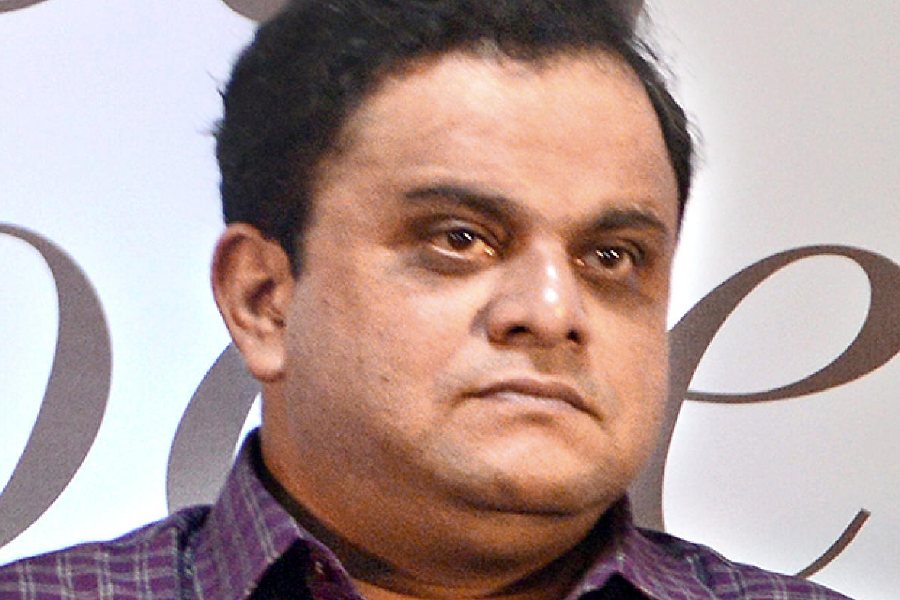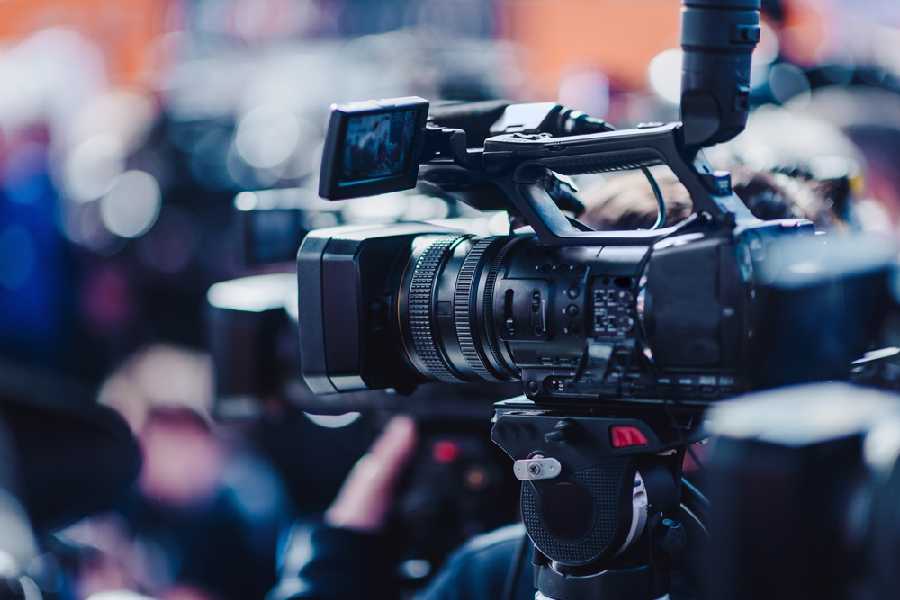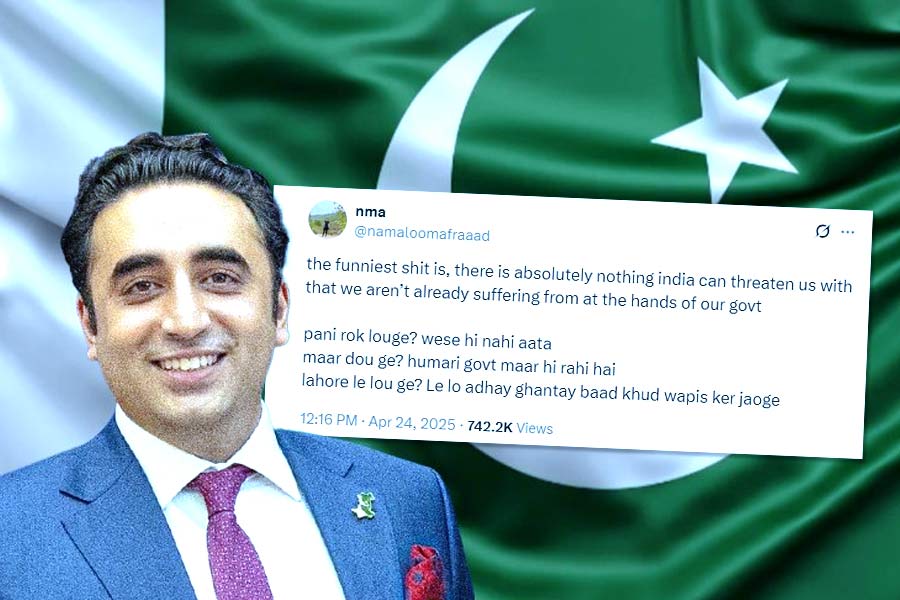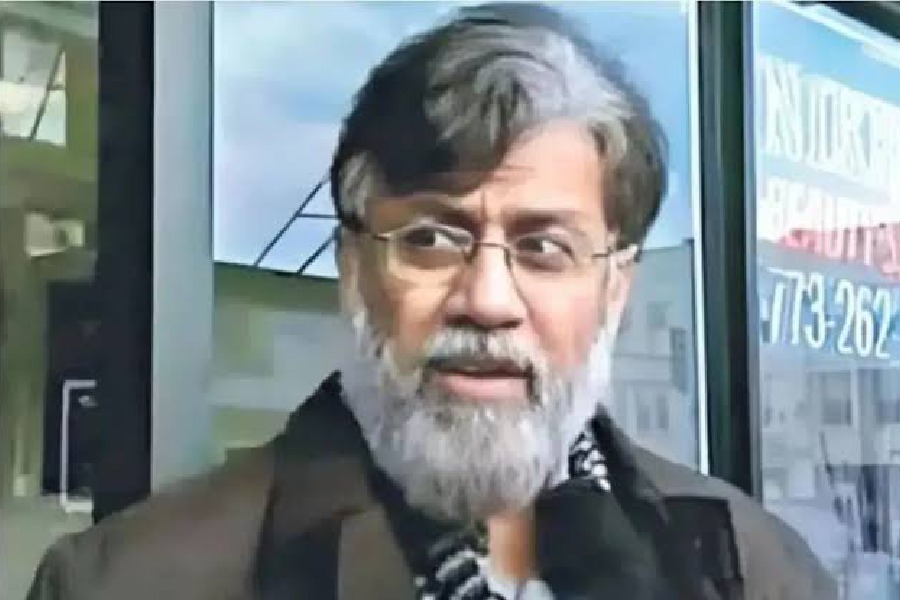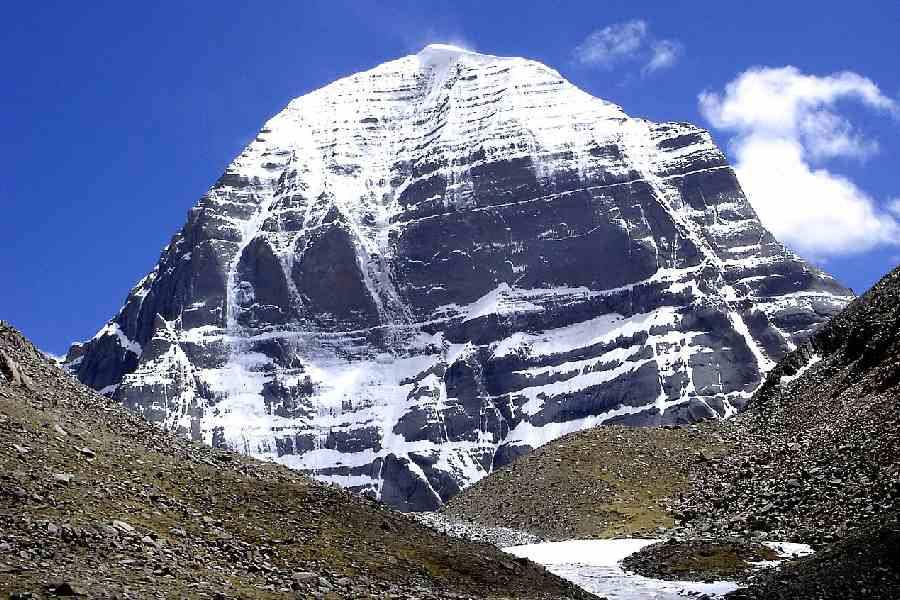|
|
Here we go again. The population of India is supposed to be 1,210,193,422. Of this mass, maybe 5,000 MPs, legislators, politicians and bureaucratic rule-makers are adults and the rest of us, the remaining 1,210,188,422 are, well, children.
From Independence onwards we haven’t been allowed to see people kissing on screen. At least not desis. Foreign-types have no morals clearly, and no eintho/jhootha qualms either, and thus they constantly keep entwining their tongues and mixing their saliva with the desired one — obviously not something practiced by many people in our brave 64-year-old republic. Simultaneously, we were proscribed from reading such and such books because they would corrupt our tender morals. If some of the banned books weren’t about to Chatterley our sexuality, they were going to Satanicize us into killing each other. Then there was prohibition, with its bridesmaids of Permit Rooms, doctors’ chits for wealthy ‘alcoholics’, bootleggers and lethal hooch-brewers, prohibition which, bizarrely, still continues in certain parts of India.
What we don’t realize is that each of these proscriptions has its roots in our time under the British Empire. The censoring of our films comes out of the Indian Cinematograph Act of 1918 when the Empire decided it needed to control this burgeoning new medium. Their pellicular panic had to do with both the possibilities of (cinemato)graphic depictions of sexual acts and the fact that a mass visual medium such as this could very easily help foment anti-Empire passions. By the time we swallowed and regurgitated this into independent India’s Cinematograph Act of 1952, these fears had been reduced to just the sex bit, it being unlikely that people attempting revolution would have access to a capital-intensive medium like the cinema. With the spread of the printing press, the British first brought in restrictions at home and then tweaked them to suit their purposes in the colonies. In the case of books, the main fear at home was of pornography, but in India it was perhaps more of seditious literature. Nevertheless, the instruments of control remained draconian. If political tracts were banned in India till 1947, in Britain specific books by James Joyce, D.H. Lawrence and Henry Miller only became legal over the counter in the 1960s.
The business of alcohol prohibition has a slightly different history. As historian David Hardiman explains so lucidly in his essay “From Custom to Crime: The Politics of Drinking in Colonial South Gujarat”, the British first began to levy tax and control over breweries and distilleries in England, Scotland etc in the early 19th century, during the spread of the Industrial Revolution. It was these laws and this attitude, completely unsuitable and unfair to the inhabitants of South Gujarat, that the raj administration slapped upon the local adivasis. From privately tapping toddy in small quantities and with low alcohol levels for daily consumption — part and parcel of the tribals’ traditional way of life — the adivasis had to cede the making of toddy and mahua to Parsi businessmen who could afford to purchase the licences from the British. The Parsis then centralized production and increased alcohol content so they could transport the toddy further and keep it longer. The increased alcohol content and the business of paying for your drink at a theka led tribals into alcoholism, indebtedness and eventual servitude to the same booze-barons for generation after generation. It is into this grim situation in South Gujarat that a self-righteous Gandhi arrives in the second decade of the 20th century. His simple solution is to bring about an unofficial, or, rather, anti-official ban of alcohol.
Being averse to alcohol himself, it clearly never occurs to MKG to try and win back the tribals’ traditional way of drinking from the raj. MKG spins cloth to counter the import of British cloth, MKG makes salt to fight the salt tax, but MKG does not tap toddy from a date palm. If somehow Gandhi had internalized that celebrating life while being mildly or sometimes extremely intoxicated was as intrinsic a part of Indian life as it was of Brazilian, British or French life (and here we have to accept that the tribals living across India’s midriff, from the Surat coast to the Burma border, were as Indian as anybody else), the story of our society’s relationship to alcohol might have been very different. As it is, having spread the net of his Vaishnav-bourgeois morality on top of adivasi life, Gandhi then tried to turn his teetotalarianism into an ideal for the whole sub-continent. Of the three pet monkeys MKG stroked and fed, celibacy, teetotality and vegetarianism, only the last has any moral or ecological branch-hold in today’s world.
Regardless of Gandhi’s wishes, the Westernized elite of the Indian Congress continued to drink, one sensible great man even sending Bapu a polite but frank letter expressing his unwillingness to give up fine wines and good Scotch. The brown-sahibs serving under the raj drank triumphantly, before and after Independence, even as they continued to hold the reins of the administrative system, the military and the judiciary. The diplomats drank constantly since it was part of the job-requirement, even as Indian embassy dinners, for a long while, were drier than the Saudi desert. The new industrialists and boxwallah captains never once put down their glasses. For the first few decades of freedom, the tiny middle-class continued to be conflicted about drink, some of them never touching booze even as they mimicked their favourite screen heroes swaying about drunkenly, their anthem being “Mai peeta nahi hun, pilayi gayi hai!” I don’t drink, I’ve been made to drink! The people who got constantly lanced in the liver by succeeding governments’ short-sighted policy on alcohol were, of course, those of the poor who dared reach for some liquid comfort: tharra, chullu and various lethal chemistries all combined to turn a normal ingestive activity into a miasmic hell that led to further penury if not immediate and painful death. The people who made and continue to make the most illegal money from this twisted business are the politicians and policemen in the states around which prohibition has briefly or constantly wrapped its tentacles.
The business of the drinking age in different states, 21 in some places, 25 in others, is directly connected to this fake distaste for alcohol. The absurdities of an age-25 drinking limit abound. If someone became captain of Indian cricket team as Tiger Pataudi did at the age of 21, they would have to face some hard-bitten Aussie or supercilious, pretend-English, South African opposite number at a formal dinner and raise a toast with Fanta. If the couple of 24-year-olds who stood for the state elections in WB, one each from TMC and CPI(M), had won seats, they would have been able to vote on matters of life and death in the assembly but not have a drink in a bar after a hard day’s debating — “Ei khokon! Ain bolchhey tumi shudhu Horlicks khaabey!” “Hey little boy, the law says you can only have Horlicks!” We can trust men and women in their early 20s to fly fighter aircraft worth millions but not with a drink in their hand.
Even as one wishes two great overseers of prohibition, Narendra Modi and Kisan B. Hazare, the best of luck for quick and effective fasts unto death, one has to examine ways of affirming life, both among the young and the not-so-young. 50 per cent of India’s population is between 0 and 25 years of age. I don’t have the statistics, but I’m willing to bet that in this segment of our population the deaths and damage caused by alcohol abuse don’t reach even a miniscule percentage of the deaths and injuries caused by road accidents. One of the most dangerous addictions trapping the young in this country is the addiction to speed. It’s something that cuts right across class and region. I, for one, would be more than happy if the drinking age across India was reduced to 18 but, with the strictest of monitoring, the driving age raised to 30.






